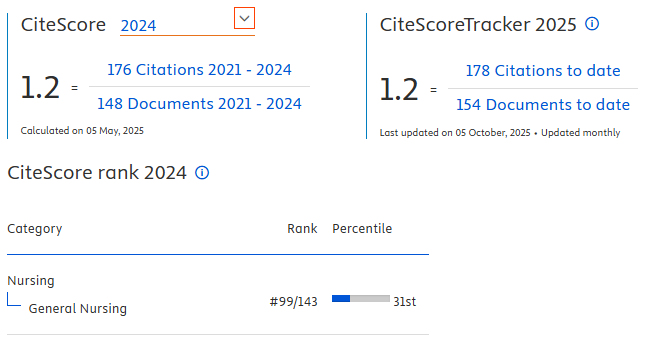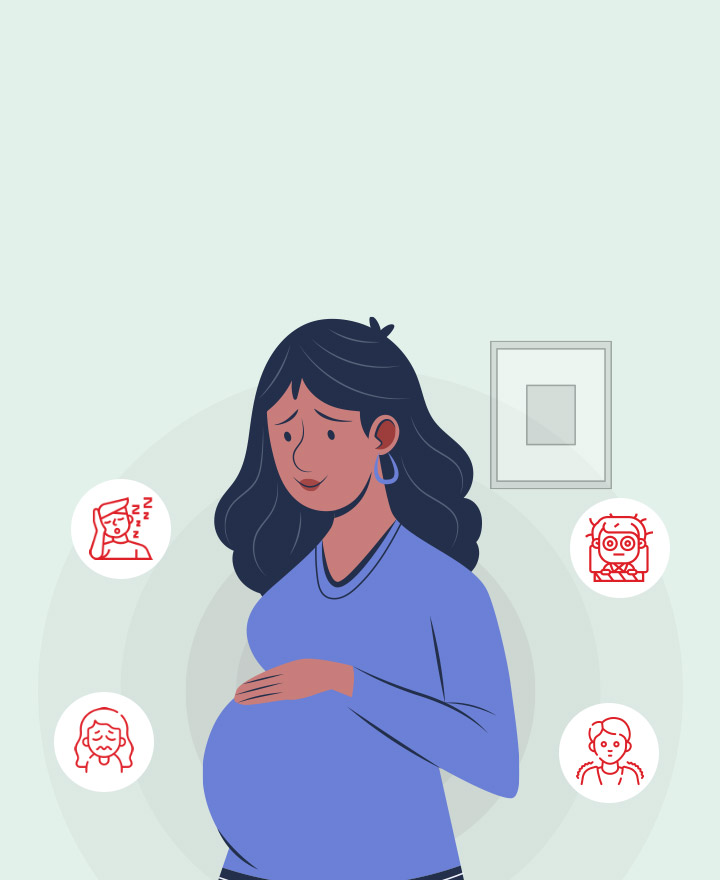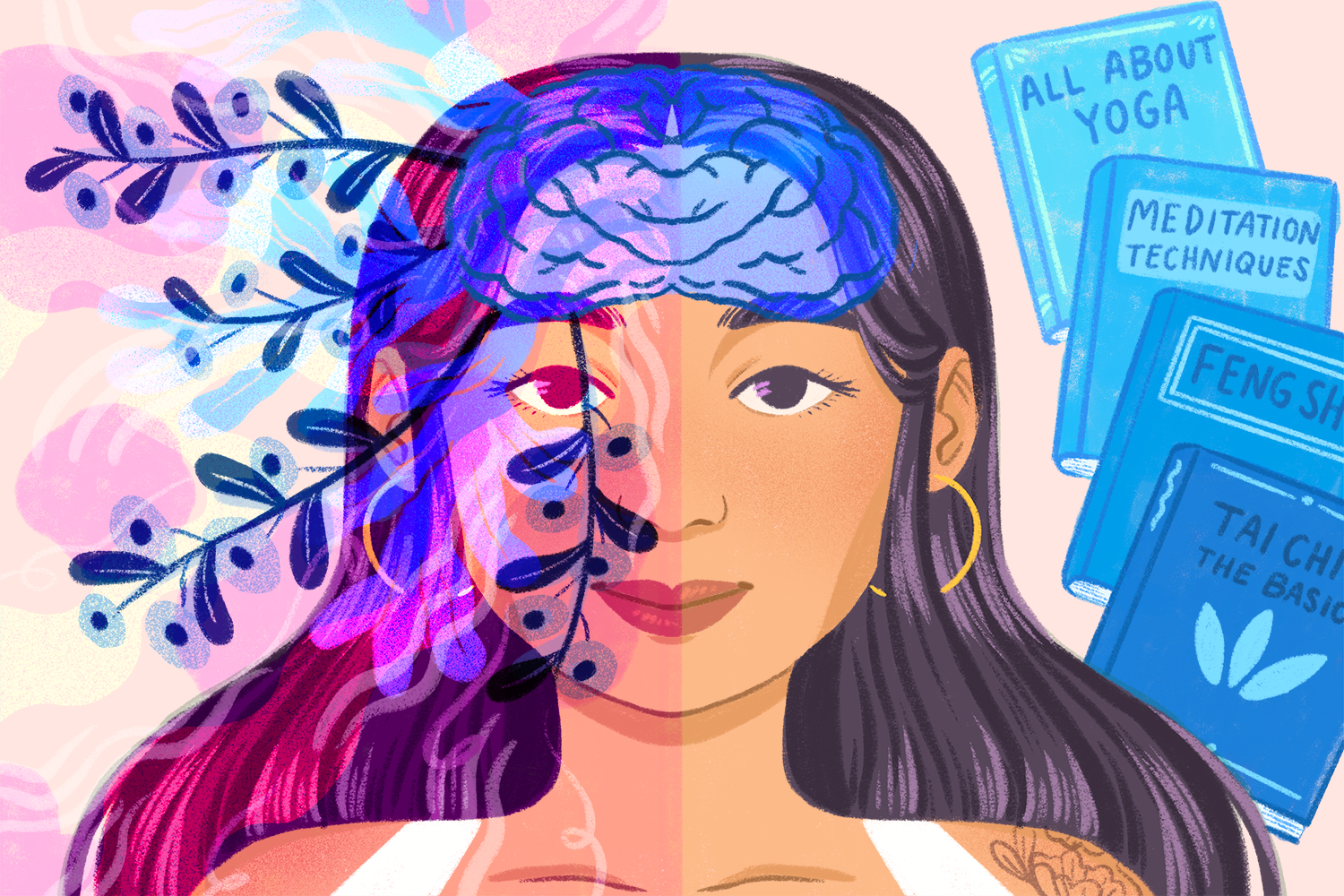Perilaku Ibu dalam Pemenuhan Kebutuhan Asah, Asih dan Asuh Anak dengan Leukemia
Downloads
Introduction: Children with leukemia have a poor quality of live. A long term periode of care, treatment, side effect of treatment and the symptom of the leukemia disease will have an impact on leukemia children quality of life. Parents have an important role in meeting the basic needs of the child by stimulation, emotion and physical. With the fulfillment of the basic needs of children, the quality of life of children with leukemia will increase.
Methods: Design used in this study was an observational analytic in Hematology room Dr. Soetomo Hospital. The population was mother of leukemia children Bona 1 hematology room in Dr Soetomo Hospital. Conducted on 17th April- 17th May 2014. Consecutive sampling was used in this study. Sample were 20 mother who met in inclusion criteria. Independent variables were mother's characteristics, self efficacy source, family centre care, Parental Self efficacy and dependent variables were mother's behaviour. Data was collected using quetionnaire and analyzed using PLS (Partial Least Square) Regression.
Results: Result showed that sources of self-efficacy influence on self-efficacy, self efficacy and mother's characteristics directly affects the mother's behaviour. Family centered care can't directly affect mother's behaviour.
Discussion: It can be concluded that mother's behaviour model in stimulating, loving and physical caring children with leukemia can be formed from mother's characteristics, self efficacy source and Parental self efficacy. Parental self efficacy can be increased especially by improving coping mechanisms and vicarious experience.
Bandura, 1977. Self-efficacy: Toward a unifying theory of behavioral change. Psychological Review, 84, pp.191–215. Available at: www. Sciencedirect.com.
Bandura A, 1994. Self Efficacy. In V. S. Ramachaudran (Ed.). Encyclopedia of human behavior,, 4, pp.71–81. Available at:
http://www.uky.edu/~eushe2/Bandura/Ba ndura1994EHB.pdf.
Eakes, G., 1995. Chronic Sorrow: The Lived Experience of Parents of Chronically Mentally ill Individuals. Archives of Psychiatric Nursing, 9(2).
Eiser, C. Richard, E., Stride, C., B., 2005. Quality of life in children newly diagnosed with cancer and their Mothers. Health and Quality of life outcomes, 29(3).
Guimond, A, B., Wilcox, M, J., Lamorey, J., 2008. The Early Intervention Parenting Self-Efficacy Scale (EIPSES) Scale Construction and Initial Psychometric Evidence. Journal of Early Intervention, 30(4), pp.295–320.
Hastings, R. P., & Brown, T., 2002. Behavior problems of children with autism, parental self-efficacy, and mental health. American Journal on Mental Retardation,, 107, pp.222–232.
Irmawati, M., Irwanto, Cahyadi, A., 2012. Penilaian Kualitas Hidup Anak Penderita Kanker. Jurnal Ners, 7(2).
Jones, B, L., 2012. The challenge of quality care for family caregivers in pediatric cancer care. Seminars in Ocology Nursing, 28(4), pp.213–1220.
Jones, T. L., & Prinz, R.J., 2005. Potential roles of parental self-efficacy in parent
and child adjustment: A review. Clinical Psychology Review, 25, pp.341–363.
Krisnana, I., 2012. Model asuhan keperawatan dengan pendekatan Creating Oportunity for Parent Empowerment (COPE) sebagai upaya menurunkan stres hospitalisasi orang tua dengan anak leukemia. Jurnal Ners, 7(2).
Masa'Deh, R., Collier, J., and Hall, C., 2012. Parental stress when caring for a child withcancer in Jordan: a cross-sectional survey. Health and Quality of Life Outcomes, pp.1–7. Available at: http://www.hqlo.com/content/10/1/88.
Mussato, K., 2006. Adaptation of Child and family to life with a chronic illness. Cambridge Journal, 16.
Notoadmodjo, 2013. Promosi Kesehatan dan Perilaku Kesehatan, Jakarta: Rineka Cipta.
Nursalam, 2013. Metodologi Peneliian Ilmu Keperawatan., Jakarta: Salemba Medika.: Salemba Medika.
Pediatric, A.A.O., 2012. Patient- and FamilyCentered Care and the Pediatrician's Role. Pediatrics, 129(2), pp.394–404. Available at: www.pediatrics.org.
Peterson, S, J., Bredow, T, S., 2004. Middle Range Theories Application to Nursing Research, Philadelpia: Lippincot William & Wilkins.
Quraniati, N., 2013. Model empowerment sebagai upaya meningkatkan perilaku orang tua dalam perawatan anak leukemia dengan kemoterapi, Surabaya.
Soetjiningsih, 2005. Tumbuh Kembang Anak dan Remaj 2nd ed., Jakarta: Sagung Seto.
Umiati, M., Rakhmawati, W., Simangunsong, B., Lukitowati, Fauzi, E., Setiawan, E., T., 2013. Gambaran kualitas hidup anak usia 6-18 Tahun yang menjalani kemoterapi. Indonesian journal of cancer. Available at: Indonesianjournalofcancer.org.
Ware, J, E., Gandek, B., 1998. Overview of the SF-36 Health Survey and the International Quality of Life Assessment (IQOLA) Project for the IQOLA Project. J Clin Epidemiol, 51(11), pp.903–912. Available at: http://www.qualitymetric.com/WhatWeD o/GenericHealthSurveys/tabid/184/Defau lt.aspx.
Wong, D.L., Hokenberry-eaton, M., Wilson, D., Winkelstein, M. L., Schwartz, P., 2010. Buku Ajar Keperawatan Pediatrik, Jakarta: EGC.
Authors who publish with Jurnal Ners agree to the following terms:
- Authors transfer the Copyright and grant Jurnal Ners the right of first publication with the work simultaneously licensed under a Creative Commons Attribution 4.0 International License that allows others to remix, adapt and build upon the work with an acknowledgment of the work's authorship and of the initial publication in Jurnal Ners.
- Authors are permitted to copy and redistribute the journal's published version of the work (e.g., post it to an institutional repository or publish it in a book), with an acknowledgment of its initial publication in Jurnal Ners.
Jurnal Ners requires a formal written declaration and transfer of copyright from the author(s) for each article published. We, therefore, ask you to complete and return this form, retaining a copy for your own records. Your cooperation is essential and appreciated. Any delay will result in a delay in publication. The form can be downloaded HERE.
































